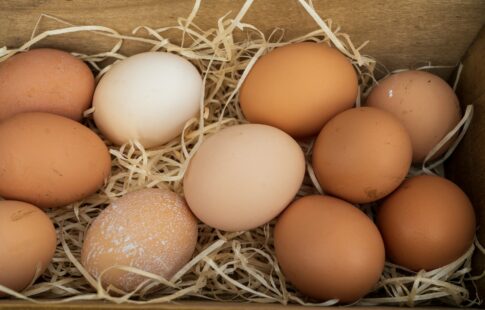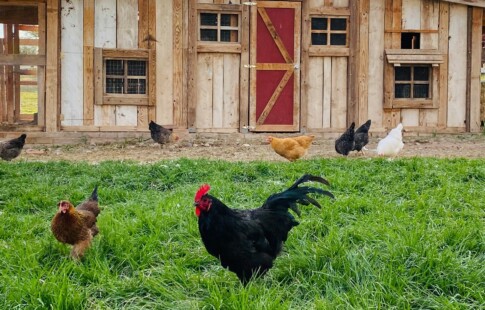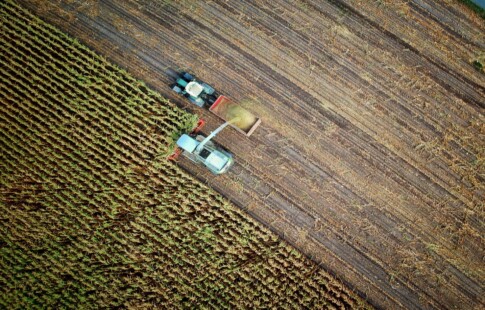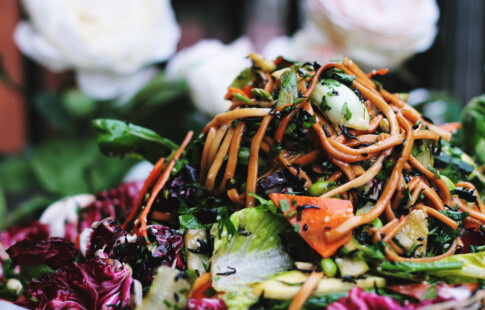
“Artifishal:” the New Documentary Exposing the World of Farmed Fish
We are reader-supported. When you buy through links on our site, we may earn affiliate commission.
A new documentary film by outdoor clothing and gear company Patagonia premiered at the Tribeca Film Festival on April 25. The film is titled “Artifishal” and takes a look at the practice of farming fish and the unsustainability of the practice. The documentary looks at fish hatcheries, farms and the environment surrounding fish found in the wild. The focus of the film is on Icelandic salmon.
Patagonia partnered with the North Atlantic Salmon Fund (NASF) to start an Against the Current campaign to stop open-net pens in Iceland from growing in number. The filmmakers encourage viewers to sign a petition to ban open-net salmon farms in Iceland, Norway, Scotland and Ireland, and thus far has over 10,000 signatures.
The Problem With Open-Net Fish Farms
You’ve heard the advice that you should eat more fish because it’s rich in omega-3s, but you’ve also heard concerns about higher levels of mercury and wonder just how healthy even wild-caught fish might be. The problem with open-net fish farms is the overcrowding of the fish. Sea lice and diseases proliferate in fish farms, and some farmers treat sick fish with antibiotics and pesticides.
Unfortunately, the open-net farms are located along salmon’s natural migration routes. The wild fish migrating past the farms wind up catching sea lice, which kills off young salmon in particular.
Are You Really Getting Wild Salmon?
Even if you pay more for wild salmon, you may not be getting what you think. Sea lines rip open the nets of the fish farmers, and sometimes the fish simply escape through loose netting. It’s estimated that thousands of salmon a year escape. Between 1987 and 2008, around 1.5 million farmed salmon escaped into the waters around British Columbia, Canada. Multiply the impact by all the areas where open-net farms operate, and the environmental impact is devastating. The varieties of fish sometimes overtake wild salmon in the area, competing for food and resources.
While farmed and wild fish mixing might not seem problematic at first glance, keep in mind that farmed fish are raised for food. They don’t have the survival skills of wild salmon, and they aren’t bred for durability. When the designer fish breed mates with the wild salmon, it weakens the offspring. They may not survive as readily as the product of two wild salmon.
Sustainable Fish Farming
How can the world keep up with the food demands of an ever-growing population while still keeping food sources healthy and disease-free? While there are serious issues with some fish farms, environmentally conscious options can be found. Overfishing the oceans and rivers could lead to the eventual extinction of the species, so responsible fish farms are a viable option. Consumers simply need to pay attention to the sources of their seafood and ensure they buy products from eco-friendly companies.
One way of making sure there is enough seafood for current and future generations is replacing each fish that’s eaten with a new one. That’s nearly impossible to ensure in the wild, but through farming, it is a possibility. Clean tanks, less fish per tank and natural measures to prevent diseases equal healthier fish.
What the Film Highlights
“Artifishal” highlights the damage to wild fish caused by factory farms, such as the one in Alta, Norway, where an open-water farm creates havoc with the local environment. It seems as though the open-net farms are a big reason for the decline in the wild Atlantic salmon population. Over the last four decades, the number of wild Atlantic salmon dropped 70%.The issue doesn’t just impact the salmon population, either. Some researchers fear the smaller farm fish mating with larger native fish result in smaller offspring. This could affect wildlife feeding on the salmon, such as orca whales.
What You Can Do
Many citizens are already working together to stop artificial dams, which keep wild salmon from natural migration paths, and to reduce the environmental impact of factory farms. Patagonia highlights some of the efforts in “Artifishal,” but you can also reach out to organizations such as North Atlantic Salmon Fund, Norwegian Wild Salmon Alliance, and Salmon and Trout Conservation Scotland. These groups work to restore natural habitats and stop unsafe fish farms.
Patagonia recommends a few things to ensure you aren’t supporting potential damage to the environment. Avoid Atlantic and steelhead salmon, because most are farmed in open-net pens or taken from already endangered populations. Choose hatchery-free fisheries, such as sockeye salmon from Alaska and reef-net-caught pink salmon from Washington. Avoid mixed-stock fisheries.
Salmon is a healthy food, and you shouldn’t have to avoid it completely. You can still enjoy a meal here and there, but be aware of the source of the salmon. It’s vital to make sure it meets your standards to support the environment and protect this delicious food source for future generations.
Share on
Like what you read? Join other Environment.co readers!
Get the latest updates on our planet by subscribing to the Environment.co newsletter!
About the author
Jane Marsh
Starting from an early age, Jane Marsh loved all animals and became a budding environmentalist. Now, Jane works as the Editor-in-Chief of Environment.co where she covers topics related to climate policy, renewable energy, the food industry, and more.





